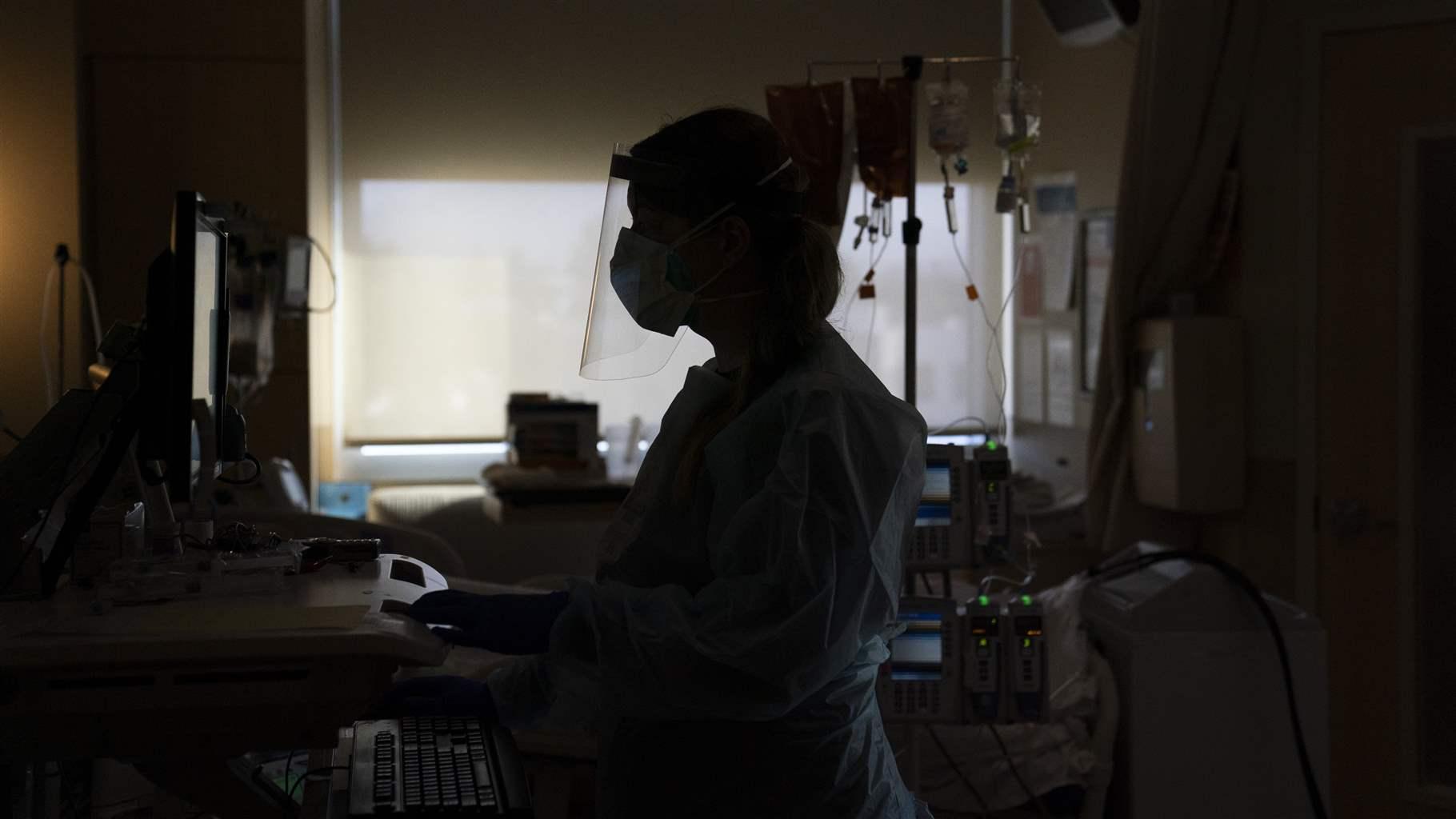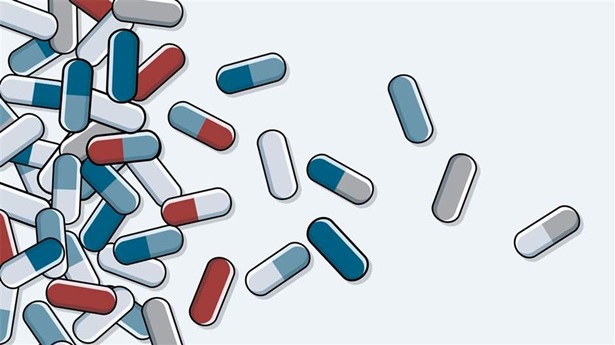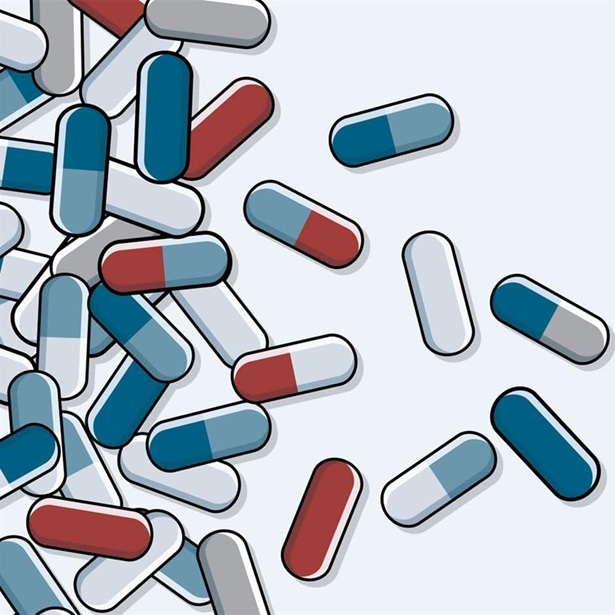Progress on Health IT Data-Sharing Paves Way for Better Patient Care
Still, recent federal announcement on information blocking rules leaves some unfinished business

The federal agency that oversees health information technology, the Office of the National Coordinator for Health Information Technology (ONC), on April 5 announced a long-awaited requirement of what electronic health data must be made available to patients and their providers. This represents a significant step toward improving the quality of care when patients see multiple doctors and ensuring that individuals can view their records. These enhancements will advance data-sharing and access, but ONC’s work is not done—and further delays in implementing these rules could set this progress back.
As part of the 21st Century Cures Act, enacted in 2016, Congress used the term “information blocking” to refer to a consistent failure to effectively share data with doctors and health systems that are authorized to view it. The new rules from ONC, which were introduced in May 2020, confront that problem by requiring that information stored within electronic health records (EHRs) be shared with anyone who has a legal right to access it, such as the patients themselves or different health care providers they visit. Any health care providers, health IT vendors, or health information exchanges (HIEs) who violate these rules could face financial penalties.
The COVID-19 pandemic delayed the planned implementation of several rules related to the Cures Act, including the information blocking rules. Although some portions are not scheduled to fully take effect until next year, the recent actions by ONC can potentially transform how patients receive care.
Following ONC’s announcement, health care providers, developers of federally certified health IT systems, and HIEs must be able to share all of the data in the first version of what is known as the United States Core Data for Interoperability (USCDI) set. USCDI is the national standard dataset that EHRs must be able to exchange. In addition to demographic information (such as race, age, and gender), it includes vital clinical information in an individual’s EHR. For example, the EHR must be able to share patients’ allergies, immunizations, and laboratory test results, as well as medications received and any clinical notes from physicians that may shed light on their care.
This information then can help support the different providers who see the same patient, such as when a primary care doctor refers an individual to a specialist. Sharing this data electronically makes it easier for the new provider to understand a patient’s medical history and determine the appropriate course of treatment.
Meanwhile, the pandemic has highlighted how gaps in electronic data-sharing can force public health authorities to share test results or vaccine records using antiquated methods, such as faxes. Use of such technologies can add data entry burdens and make it harder for public health agencies to respond to health crises in a timely way. Better electronic data exchange could help them address future disease outbreaks.
Such a push to make health data more uniform and available to providers and patients also fits with the wishes of most Americans. A survey commissioned by The Pew Charitable Trusts last year found that significant majorities wanted to have access to the data in their EHRs, such as immunization records, lab test results, and clinical notes. They also broadly supported having the various providers they visit be able to share that data with one another.
The ONC announcement is an important move, but it is only a first step. In October 2022, the agency is set to require providers, hospitals, and other affected groups such as HIEs to share electronic health information. This will include data beyond what is in USCDI, such as when a disease was diagnosed or resolved, as well as information on diagnostic images, including when they were requested and what they revealed. (The agency is encouraging vendors and providers to share additional data before then, but it will not be required.) To take full advantage of the information blocking rules, the agency should make clear that they will not be delayed further.
Still, ONC’s announcement represents another significant step toward the kind of data-sharing that can help EHRs reach their full potential. The next 18 months will give providers, vendors, and health information exchanges a chance to get up to speed on the new requirements. Come 2022, they should be ready to make sure electronic health data can go where it’s needed, when it’s needed.
Molly Murray is an officer with The Pew Charitable Trusts’ health information technology initiative.











